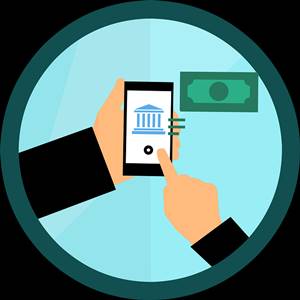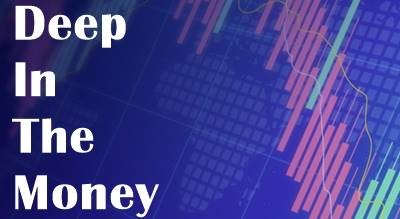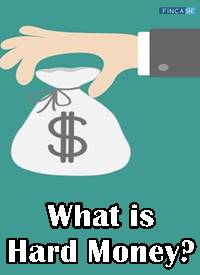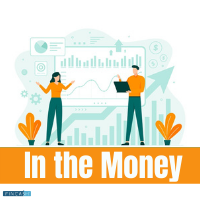What is Electronic Money?
Electronic money is money stored in banking computer systems that can be utilized to make electronic transactions easier.

Electronic money is mostly utilized for electronic transactions due to the sheer convenience of this technology.
Features of Electronic Money
Electronic money has the following four characteristics:
1. Store of value
Electronic money, like physical currency, is a store of value. The distinction is that with electronic money, the value is stored electronically unless and until it is physically withdrawn.
2. Medium of exchange
Electronic money is a medium of exchange, which means it can be used to pay for a product or a service.
3. Unit of account
Electronic money, like Paper Money, provides a standard measure of the worth of the goods and/or services being exchanged.
4. Deferred payment standard
Electronic money is utilized as a deferred payment tool, i.e., it is used to provide credit for payback at a later period.
Talk to our investment specialist
Benefits of Electronic Money
The global Economy benefits from electronic money in various ways, including:
Increased Convenience and Flexibility
The introduction of electronic money increases the table's versatility and convenience. With a single click of a button, transactions can be entered from anywhere in the globe, at any time. It eliminates the inconvenient and time-consuming process of physically delivering payments.
Maintenance of Past Record
Because it retains a digital historical record of each and every transaction, electronic money is becoming increasingly popular. It simplifies the process of tracking back payments and aids in the preparation of detailed expenditure reports, planning, and other tasks.
Prevents Fraud Acts
Because it retains a digital historical record of each and every transaction, electronic money is becoming increasingly popular.
Instant Action
The usage of electronic money adds a level of instantaneity to the economy that has never been seen before. With the press of a button, transactions may be done in a matter of seconds from nearly anywhere on the planet. It eliminates issues with physical payment delivery, such as large lines, extended wait times, and so on.
Enhanced Security
E-money provides a higher level of security as well. To prevent the loss of personal information when interacting online, advanced security measures, such as authentication and tokenization, are used. Strict verification mechanisms are also implemented to ensure the transaction's total authenticity.
Cons of Electronic Money
The following are some of the drawbacks of electronic money:
1. Certain Infrastructure Required
The presence of a particular infrastructure is required to use electronic money. It consists of a computer, laptop, or smartphone, as well as a reliable internet connection.
2. Security Breaches or Hacks
The internet is inextricably linked to the possibility of security breaches and hacking. A hack can expose sensitive personal information, allowing fraud and money laundering to occur.
3. Scams
Scamming through the internet is also a possibility. All a scammer needs to do is pretend to be from a certain institution or Bank, and consumers are readily persuaded to hand up their bank/card information. Despite greater security and the use of authentication procedures to combat online frauds, they are still a concern.
Why is Electronic Money Important?
Under the Payment and Settlement System Act (PPS Act) of 2007, the Reserve Bank of India (RBI) governs the sector of electronic money in India. Once a regulatory authority has approved the use of pre-paid payment instruments in India, the act permits banks and financial institutions to issue them.
Digital transactions via smart cards, digital wallets, and mobile wallets have been gaining popularity among customers as a result of substantial technological improvements. In addition, following India's declaration of demonetization, the use of actual cash for such transactions has decreased. Electronic money has a big potential to promote cashless transactions in the country if it is properly controlled.
Electronic money is frequently chastised for its risks and vulnerabilities. Because the transactions are processed through computer systems, there is a chance that an electronic transaction will Fail to owe to a system error. Furthermore, because electronic transactions do not require physical verification to pass from one person to another, the risk of fraud is higher.
All efforts have been made to ensure the information provided here is accurate. However, no guarantees are made regarding correctness of data. Please verify with scheme information document before making any investment.












